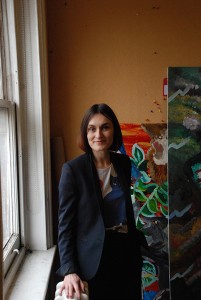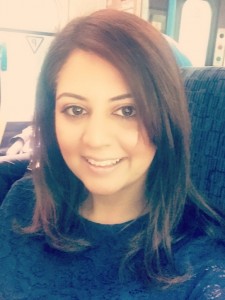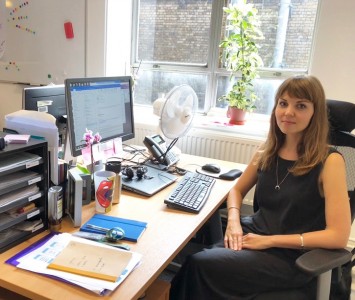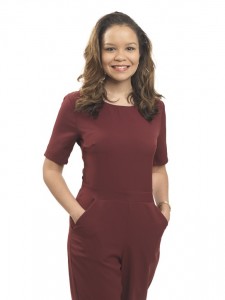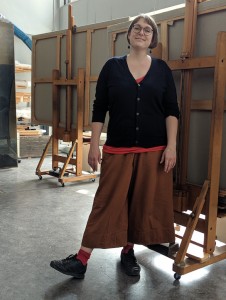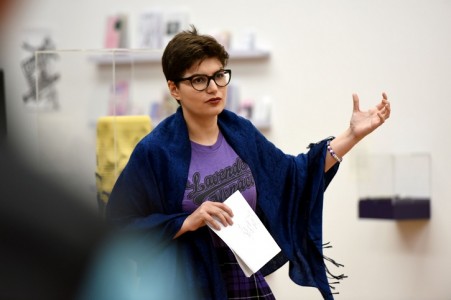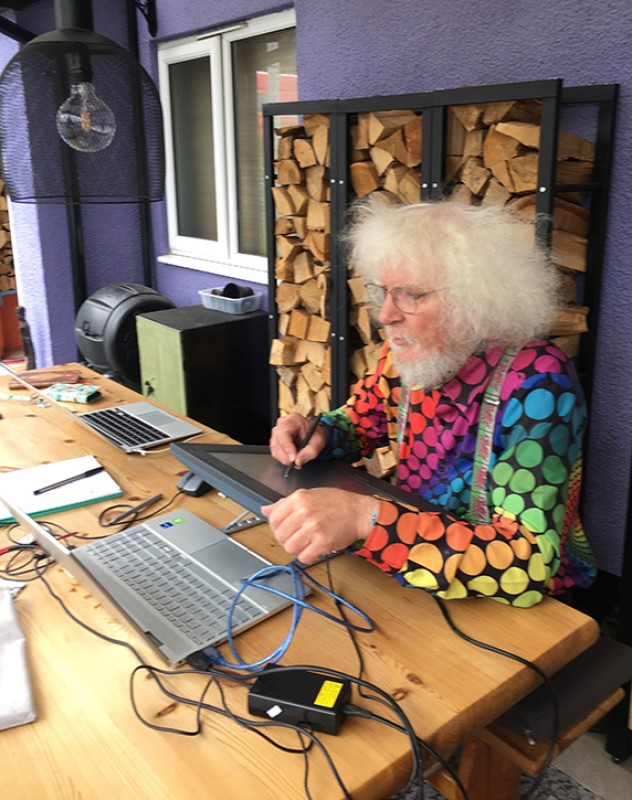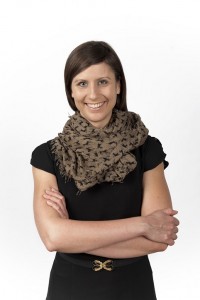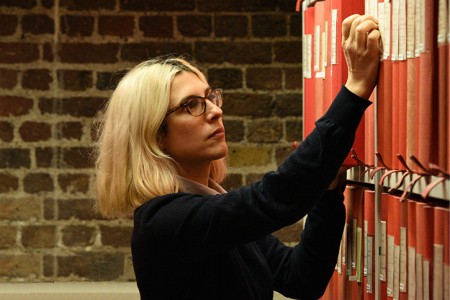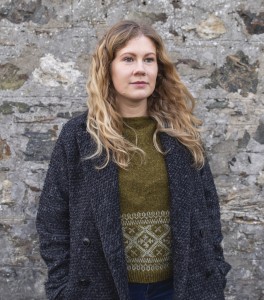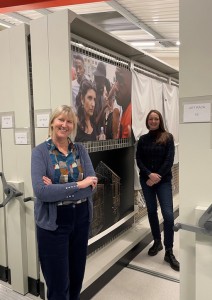We know it can be hard to get a job in the arts. There are barriers – including financial and socio-economic barriers – when it comes to getting a foot in the door, within many different sectors. Here, freelancer Georgina Cheung tells us about her own personal journey, in the hope it will be a useful read for any other young arts professionals at the start of their career.
Georgina at a London Transport Museum event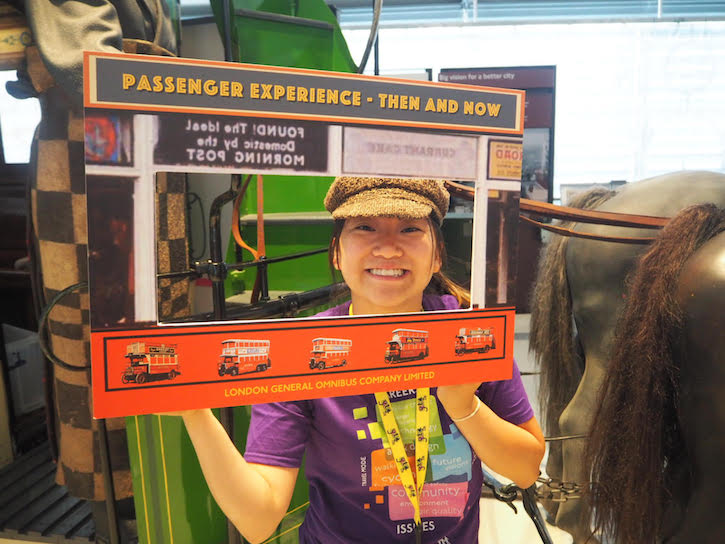
My goal
Trying to break the heritage and cultural industry is a hard one to crack. It is like a difficult maze filled with obstacles, and it really takes a lot of drive and resilience to get to your end goal. For me, my goal was a job in the industry that allowed me to do what I loved whilst also having quality time with my son. To get there is trying and draining but an exciting and worthwhile journey.
In the last three years, I have navigated my maze with a mixed bag of emotions. In three years, I have worked as a volunteer, an unpaid intern, a Young Freelancer, in a permanent full-time position and now back to freelancing (and to anyone reading this, I am open to opportunities).
Voluntary work
To start my journey, as a historian, I did my research. I sought advice from Google and people working in the industry to help create a map to help me get through the maze.
So, I started by volunteering at a gallery. As an unpaid intern, I was working as hard as I could to develop my skills. I was coming to the gallery three times a week, working as a key member of the gallery team.
People are giving a lot of their time and of themselves to the industry in order to break it, and we should recognise this and make sure that we are able to provide worthwhile experiences.
I was getting a lot of opportunities and doing work that I enjoyed: delivering and creating resources for a wide range of audiences, getting the chance to lead on projects, workshops and creating my own gallery trails. However, working unpaid does eventually become tough and draining. I was being praised for my work and feeling confident, but still not feeling fully independent in my own personal life. It made it even harder for me working for no income whilst my son was in nursery. It was a decision I made in order to break into this industry.
But I was lucky, I could work in London where there are lots of opportunities.
For example, I have a friend who is working in collections. They have a relevant degree and work experience. When they started their maze I thought they will get to their centre much quicker than me. But not having a place to live in London made it hard: they had to take a part-time role to pay rent and, in any free time, volunteer at a local museum.
Freelancing
The programme led by London Transport Museum was a fantastic start for my paid career. As a member of the wider museum team, I was lucky to see the programme develop and become even more helpful in developing the skills of young people. I have seen first-hand young freelancers and apprentices getting fantastic and meaningful opportunities to work across organisations and begin to build the necessary experience and network to start an excellent career. I have met the last two cohorts, seen their development and truly believe in the work the museum and their partners are doing for young people.
I got the opportunity to work and support on excellent projects within the London Transport Museum, and develop skills and experience which helped me on my way. But freelancing wasn’t easy: I was now being paid for my time, but I didn’t know when I would work – never knowing when the next brief will come, if I would be successful in applying for it and then able to balance it across my part-time job and personal life. It can be tough, as all freelancers know.
An augmented reality trail at London Transport Museum, and Georgina at work
But when you do get to work on projects, it makes all the difficult times a little bit easier. I have loved all the projects I have worked on and felt that each project allowed me to develop and progress. I love creating and designing new resources and events based on a box, or a painting or a story. I love being able to bring alive history and culture in a fun, interactive and innovative ways. Working in the educational department, I get to work with diverse people and facilitate youth and community-led projects.
Though it has been hard to navigate this industry, there is help available: people to lend advice and guidance, and we are starting to see a movement towards diversifying our workforce. However, there is still more organisations could do.
How could the industry do more to support young people?
I believe the education departments are leading the way in supporting young people, giving them a platform from which to enter the industry. But this needs to happen across departments. We need more programmes that allow young people to explore the vast range of opportunities and career paths we have within the industry.
I also believe that more can be done to ensure that early professionals starting out in the industry as volunteers receive meaningful experiences that allow them to get to the next step much quicker. I have seen and worked with numerous young people who have had to take part-time work, commute for 2 to 3 hours into London, or even work unpaid for a few years before they can get that entry-level role. People are giving a lot of their time and of themselves to the industry in order to break it, and we should recognise this and make sure that we are able to provide worthwhile experiences.
Furthermore, we need to ensure that when engaging and working with young people that we push them out of their comfort zones and give them autonomy. I could not be where I am if I was not given the opportunities to lead and manage my own projects, small and big. I didn’t feel like a token young person, but rather as a respected member of staff. That’s why I believe that if we can continue to give young people the space to take responsibility for their own projects, we will be developing capable and confident young people who will help museums and galleries stay relevant, innovative and forward-thinking.
Georgina Cheung, freelancer
Useful links
Young Freelancers – a programme run by the London Transport Museum to encourage training for young people on an ad-hoc basis
New Museum School – a programme of yearlong traineeships in collections, galleries, archives and museums
Museum Detox – a networking group for BAME professionals in museums and heritage
Wellcome Trust graduate development programme – a two-year programme for recent graduates, giving them the opportunity to work on a broad range of Wellcome’s activities, from HR, collection, education and policy
Leicester's museum studies job desk – a great place to find opportunities in the industry in your area
Do you work in the arts, heritage or museum sector? Would you be kind enough to share an example of your working day for our 'Being...' series? Please get in touch with Art UK at pitches@artuk.org as we'd love to hear from you.

